Solvent Green 7
Synonym(s):HPTS;Solvent Green 7;Pyranine;Pyranine Green;Pyranine hydrate
- CAS NO.:6358-69-6
- Empirical Formula: C16H7Na3O10S3
- Molecular Weight: 524.39
- MDL number: MFCD00037575
- EINECS: 228-783-6
- SAFETY DATA SHEET (SDS)
- Update Date: 2024-12-18 14:15:32

What is Solvent Green 7?
Chemical properties
yellow to green-yellow powder
The Uses of Solvent Green 7
Pyranine is used as a fluorescent pH indicator with emission change in the physiological pH range. It acts as a dye in optical sensor applications. It finds application as a coloring agent and biological stain. It is also used in the measurement of pH of intracellular fluid in the cells.
Preparation
commonly known as Pyranine. Pyrene-1,3,6,8-tetrasulfonic acid?and 15 ~ 20% sodium hydroxide reflux, also can use ammonia water on hydrolysis reaction, this condition the product contains APTS(8-Aminopyrene-1,3,6-trisulfonic acid?).
Definition
ChEBI: Pyranine is an organic sodium salt. It has a role as a fluorochrome. It contains a pyranine(3-). It derives from a hydride of a pyrene.
Flammability and Explosibility
Not classified
Biological Activity
Pyranine (HPTS; Solvent Green 7) is a pH-sensitive fluorescent indicator. Pyranine is a class of fluorescent chemosensors for Cu+ ions (λex=450 nm, λem=510 nm).
in vitro
Pyranine is capable of discriminating ranges of cations from the Cu + ion, even in competing environment. Pyranine displays a rapid fluorescence response (t 1/2 =1.66 min) towards the Cu + ion, and the micromolar detection limit enables the detection of the ion in environmental samples. The observed stoichiometry of complexation between Pyranine and Cu + is 2:1.The pH-sensitive fluorescent indicator Pyranine is studied to determine its usefulness as probes for the living cornea and anterior chamber. Adequate concentrations are reached in the cornea and anterior chamber after topical administration; measurements can be made by fluorophotometry for many hours. The pH is calculated by measuring the ratio of fluorescent intensity at two excitation wavelengths, I463/I404, a measurement which is dependent on pH but independent of the concentration of the fluorophore and other variables which can alter the intensity. In the rabbit eye, Pyranine in the cornea and anterior chamber is observed to undergo easily measurable changes in fluorescent ratios associated with lid closure and contact lens wear, indicating its sensitivity to mild changes in pH.
Purification Methods
Purify the salt by chromatography with an alumina column, and elute with n-propanol/water (3:1, v/v). Recrystallise it from aqueous acetone (5:95, v/v) using decolorising charcoal. [Beilstein 1 III 565.] IRRITANT.
Properties and Applications
yellow green. Slightly soluble in glacial acetic acid, 30% hydrochloric acid, insoluble in acetic acid and 10% hydrochloric acid. Mainly used in medicine and cosmetics coloring.
| Standard | Light Fastness | Heat-resistant(℃) | water | Sodium Carbonate(5%) | Hydrochloric acid(5%) | |
| Melting point | Stable | |||||
| ISO | Dissole | |||||
Properties of Solvent Green 7
| Melting point: | 62-63.5 °C(lit.) |
| Boiling point: | 171-178 °C10 mm Hg(lit.) |
| Density | 2.15 |
| vapor pressure | 0Pa at 25℃ |
| Flash point: | 250 °C |
| storage temp. | Keep in dark place,Inert atmosphere,Room temperature |
| solubility | methanol: 0.1 g/mL, clear |
| form | Powder |
| Colour Index | 59040 |
| pka | 7.3, (at 22℃) |
| color | yellow |
| Water Solubility | 300 g/L (25 ºC) |
| λmax | 403 nm (Buffer pH 4.0); 454 nm
(Buffer pH 9.0) |
| Merck | 7954 |
| BRN | 4107272 |
| Major Application | Adhesives; agrochemicals; ammonia sensor; carbon dioxide
sensor; oxygen sensor; anionic surfactants
sensor; measuring the size of the organoclay
aggregates; detecting cracks/flaws in metallic
surfaces, refrigerant leaking; detergents;
correction fluid; highlighters; inks;
markers; paints; pencils; toners;
chemically amplified resist; color filters;
chemiluminescent materials; electrophoretic
display (EPD) film materials; electroluminescent
displays/materials; fuel cell; lasers;
liquid crystal displays; luminescent materials;
nanoparticles; papers; photoresist processes;
photonic ionic liquids; soils; solar cell;
sol–gel materials/processes/thin films;
sonophotoluminescence; water tracers;
evaluating liquid water flow in wood during
drying |
| Biological Applications | Antiperspirants;
bath preparations; cleansing products;
cosmetics; contact lens; hair dyes;
hygiene products/soaps; food products;
controlled-release system for proteins; drug
delivery; in ophthalmology/retinal surgery; sugar
sensors (glucose, fructose, lactose, sucrose);
as a substrate for measuring acetylcholinesterase
(AChE) activity, carbonic anhydrase activity,
esterases activity, β-glucuronidase activity, lipase
activity, acidic/alkaline phosphatases activity,
pyrophosphatase activity, sucrose phosphorylase (SPO)
activity, phosphoglucomutase (PGM) activity;
treating cancer, infection, immune/autoimmune
disease, mastitis, tonsillitis, tuberculosis |
| CAS DataBase Reference | 6358-69-6(CAS DataBase Reference) |
| EPA Substance Registry System | C.I. Solvent Green 7 (6358-69-6) |
Safety information for Solvent Green 7
| Signal word | Warning |
| Pictogram(s) |
 Exclamation Mark Irritant GHS07 |
| GHS Hazard Statements |
H315:Skin corrosion/irritation H319:Serious eye damage/eye irritation H335:Specific target organ toxicity, single exposure;Respiratory tract irritation |
| Precautionary Statement Codes |
P261:Avoid breathing dust/fume/gas/mist/vapours/spray. P304+P340:IF INHALED: Remove victim to fresh air and Keep at rest in a position comfortable for breathing. P305+P351+P338:IF IN EYES: Rinse cautiously with water for several minutes. Remove contact lenses, if present and easy to do. Continuerinsing. P405:Store locked up. |
Computed Descriptors for Solvent Green 7
Solvent Green 7 manufacturer
Neelikon Food Dyes Chemicals Ltd
LANXESS India Pvt. Ltd.
Deepak Chemtex Pvt Ltd
Alliance Organic LLP
New Products
(S)-3-Aminobutanenitrile hydrochloride 4-Methylphenylacetic acid N-Boc-D-alaninol N-BOC-D/L-ALANINOL Tert-butyl bis(2-chloroethyl)carbamate 3-Morpholino-1-(4-nitrophenyl)-5,6-dihydropyridin- 2(1H)-one Furan-2,5-Dicarboxylic Acid Tropic acid 1-Bromo-3,5-Di-Tert-Butylbenzene S-2-CHLORO PROPIONIC ACID ETHYL ISOCYANOACETATE 2-Bromo-1,3-Bis(Dimethylamino)Trimethinium Hexafluorophosphate 4-IODO BENZOIC ACID 3-NITRO-2-METHYL ANILINE 1-(2,4-DICHLOROPHENYL) ETHANAMINE (2-Hydroxyphenyl)acetonitrile 4-Bromopyrazole 2-(Cyanocyclohexyl)acetic acid 4-methoxy-3,5-dinitropyridine 1-(4-(aminomethyl)benzyl)urea hydrochloride 2-aminopropyl benzoate hydrochloride diethyl 2-(2-((tertbutoxycarbonyl)amino) ethyl)malonate tert-butyl 4- (ureidomethyl)benzylcarbamate Ethyl-2-chloro((4-methoxyphenyl)hydrazono)acetateRelated products of tetrahydrofuran
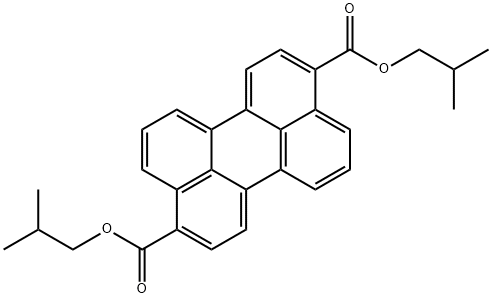

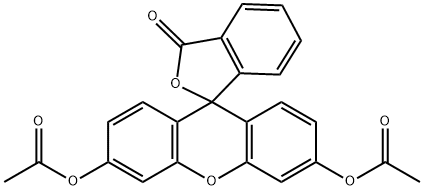

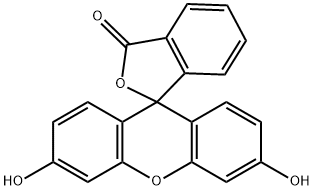
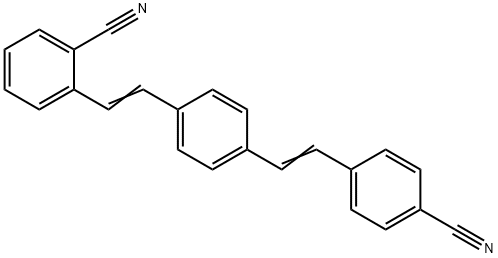
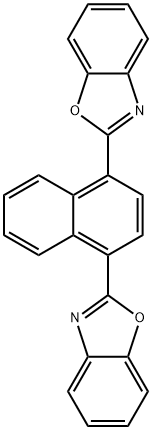
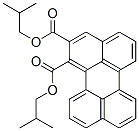
You may like
-
 6358-69-6 Pyranine 98%View Details
6358-69-6 Pyranine 98%View Details
6358-69-6 -
 Pyranine 6358-69-6 98%View Details
Pyranine 6358-69-6 98%View Details
6358-69-6 -
 6358-69-6 99%View Details
6358-69-6 99%View Details
6358-69-6 -
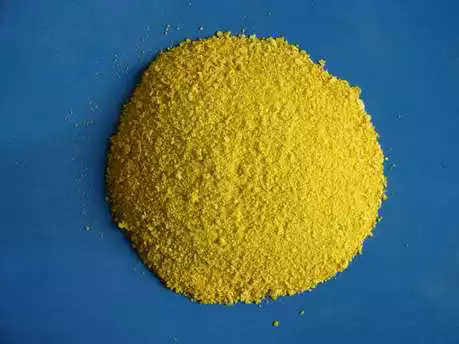 6358-69-6 Pyranine 98%View Details
6358-69-6 Pyranine 98%View Details
6358-69-6 -
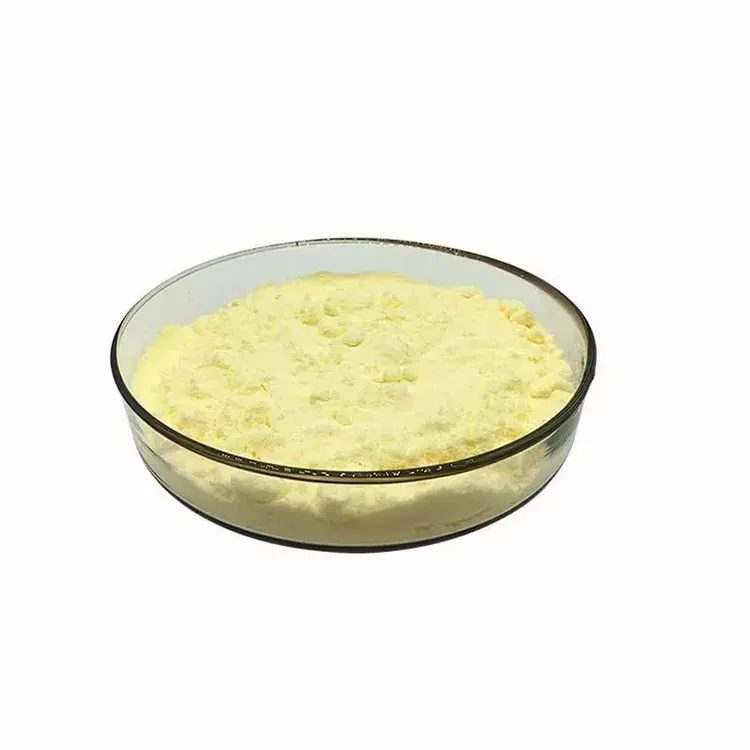 Pyranine 99%View Details
Pyranine 99%View Details
6358-69-6 -
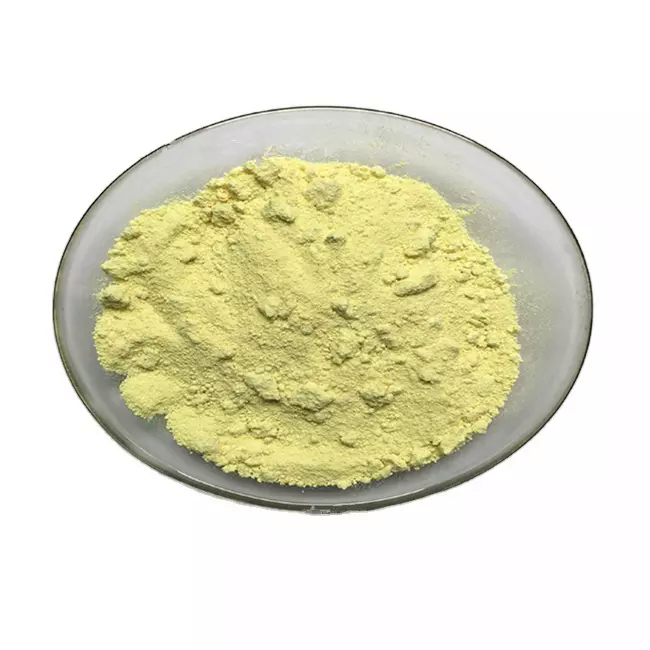 6358-69-6 98%View Details
6358-69-6 98%View Details
6358-69-6 -
 Pyranine 98% (HPLC) CAS 6358-69-6View Details
Pyranine 98% (HPLC) CAS 6358-69-6View Details
6358-69-6 -
 8-Hydroxypyrene-1,3,6-trisulfonic acid trisodium salt CAS 6358-69-6View Details
8-Hydroxypyrene-1,3,6-trisulfonic acid trisodium salt CAS 6358-69-6View Details
6358-69-6